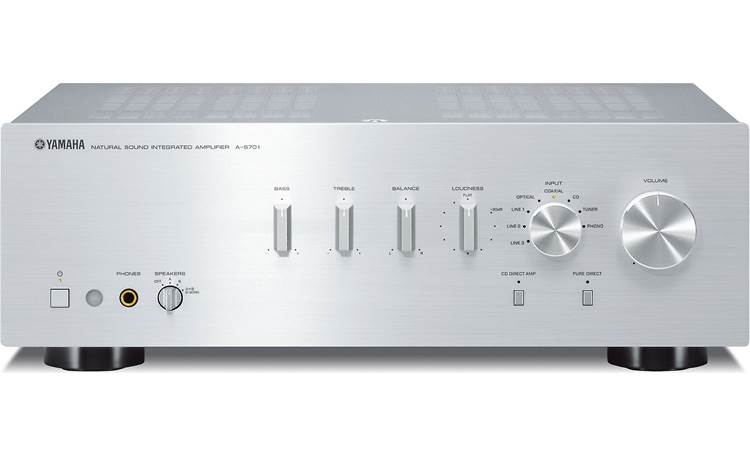I understand your English and appreciate!
Regarding amp sound, please read this:
I have always been curious about 'training' for these tests. I saw a visual test that used an aerial pic of a full Rose Bowl, and instantaneous ABX testing was used to compare two pics and seeing if people could notice the difference between them. The subjects couldn't do it. Then, the tester...

www.audiosciencereview.com
Note that the only tests where subjects were able to discern differences are ones where due to amps with impedance interacting with speaker's impedances causing Frequency Response changes., or with amps that were not operating properly.
Level matched, you will not be able to hear differences in these amps. They are just providing voltage gain. This has been known for decades, and people routinely fail to actually be able to hear the differences in controlled listening. The sham is that manufacturers have promoted the idea that we can hear these differences, and our mind is a willing participant in the hallucination.
Regarding hallucinations, ears fool us because of our predispositions.
I have always been curious about 'training' for these tests. I saw a visual test that used an aerial pic of a full Rose Bowl, and instantaneous ABX testing was used to compare two pics and seeing if people could notice the difference between them. The subjects couldn't do it. Then, the tester...

www.audiosciencereview.com
In summary, I don't agree. Nor does the body of science that has actually investigated amps.


